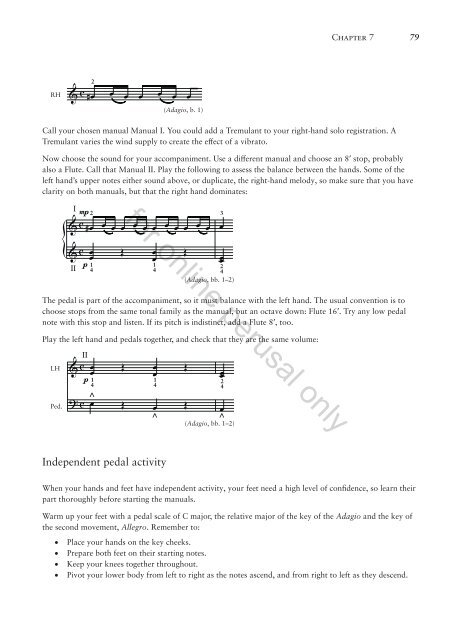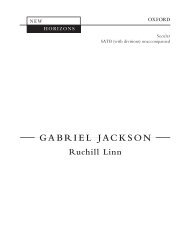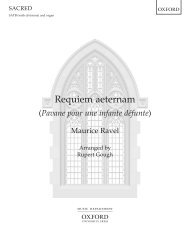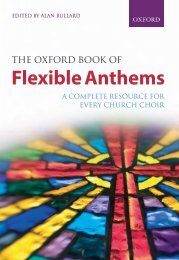New Oxford Organ Method
A single piece of repertoire is the primary focus for each chapter, with preparatory exercises providing the necessary technical work building towards the piece. Each lesson covers four main topics, which are systematically developed: practice methods, registration, fingering and pedalling, and historically-informed interpretation. The method is for keyboard players of any age who are establishing first steps at the organ with or without a teacher. It will also serve more experienced organists who want to improve their technique.
A single piece of repertoire is the primary focus for each chapter, with preparatory exercises providing the necessary technical work building towards the piece. Each lesson covers four main topics, which are systematically developed: practice methods, registration, fingering and pedalling, and historically-informed interpretation. The method is for keyboard players of any age who are establishing first steps at the organ with or without a teacher. It will also serve more experienced organists who want to improve their technique.
- No tags were found...
You also want an ePaper? Increase the reach of your titles
YUMPU automatically turns print PDFs into web optimized ePapers that Google loves.
Chapter 7<br />
79<br />
RH<br />
& c<br />
2<br />
# œ œ œ œ œ œ œ<br />
(Adagio, b. 1)<br />
Call your chosen manual Manual I. You could add a Tremulant to your right-hand solo registration. A<br />
Tremulant varies the wind supply to create the effect of a vibrato.<br />
Now choose the sound for your accompaniment. Use a different manual and choose an 8ʹ stop, probably<br />
also a Flute. Call that Manual II. Play the following to assess the balance between the hands. Some of the<br />
left hand’s upper notes either sound above, or duplicate, the right-hand melody, so make sure that you have<br />
clarity on both manuals, but that the right hand dominates:<br />
& c # œ œ œ œ œ œ œ œ œ œ œ œ œ<br />
{<br />
II<br />
I mp 2 3<br />
& c<br />
p<br />
œ<br />
1<br />
4<br />
Œ<br />
œ<br />
1<br />
4<br />
Œ<br />
œ<br />
2<br />
4<br />
(Adagio, bb. 1–2)<br />
for online perusal only<br />
The pedal is part of the accompaniment, so it must balance with the left hand. The usual convention is to<br />
choose stops from the same tonal family as the manual, but an octave down: Flute 16ʹ. Try any low pedal<br />
note with this stop and listen. If its pitch is indistinct, add a Flute 8ʹ, too.<br />
Play the left hand and pedals together, and check that they are the same volume:<br />
LH<br />
Ped.<br />
II<br />
& c<br />
p<br />
œ<br />
1<br />
4<br />
Œ<br />
? c<br />
m œ Œ œ Œ œ<br />
m m<br />
œ<br />
1<br />
4<br />
Œ<br />
œ<br />
2<br />
4<br />
(Adagio, bb. 1–2)<br />
Independent pedal activity<br />
When your hands and feet have independent activity, your feet need a high level of confidence, so learn their<br />
part thoroughly before starting the manuals.<br />
Warm up your feet with a pedal scale of C major, the relative major of the key of the Adagio and the key of<br />
the second movement, Allegro. Remember to:<br />
• Place your hands on the key cheeks.<br />
• Prepare both feet on their starting notes.<br />
• Keep your knees together throughout.<br />
• Pivot your lower body from left to right as the notes ascend, and from right to left as they descend.


















